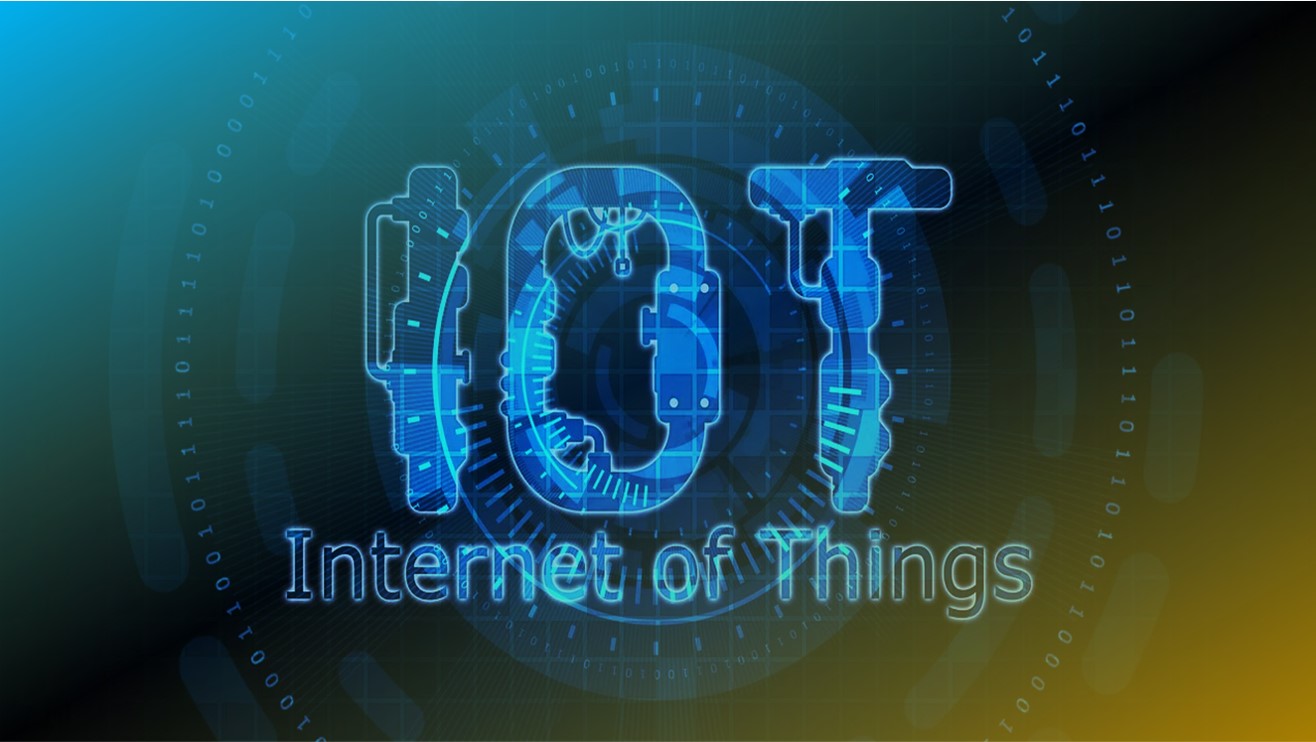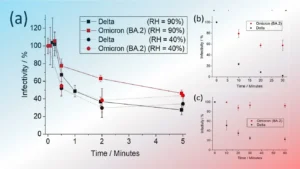The term Internet of Things refers to the collective network of connected devices and the technology that facilitates communication between devices and the cloud, as well as between the devices themselves. Basically, IoT integrates everyday “things” with the internet.
Working of IoT (Internet of Things)
IoT systems work through the real-time collection and exchange of data. An IoT system has three components:
01. smart device
02. IoT application and
03. graphical user interface.
Smart device is a device, like a television, security camera, or exercise equipment that has been given computing capabilities. It collects data from its environment, user inputs, or usage patterns and communicates data over the internet to and from its IoT application.
An IoT application is a collection of services and software that integrates data received from various IoT devices. It uses machine learning or artificial intelligence (AI) technology to analyze this data and make informed decisions.
The decisions are communicated back to the IoT device and the IoT device then responds intelligently to inputs.
The IoT device or fleet of devices can be managed through a graphical user interface.
Examples of IoT devices
Connected cars
There are many ways vehicles, such as cars, can be connected to the internet. It can be through smart dashcams, infotainment systems, or even the vehicle’s connected gateway.
They collect data from the accelerator, brakes, speedometer, odometer, wheels, and fuel tanks to monitor both driver performance and vehicle health.
Connected homes
Smart home devices are mainly focused on improving the efficiency and safety of the house, as well as improving home networking.
Devices like smart outlets monitor electricity usage and smart thermostats provide better temperature control.
Hydroponic systems can use IoT sensors to manage the garden while IoT smoke detectors can detect tobacco smoke.
Home security systems like door locks, security cameras, and water leak detectors can detect and prevent threats, and send alerts to homeowners.
Smart cities
IoT applications have made urban planning and infrastructure maintenance more efficient.
IoT applications can be used for measuring air quality and radiation levels, reducing energy bills with smart lighting systems, detecting maintenance needs for critical infrastructures and increasing profits through efficient parking management.
Manufacturing
IoT applications can predict machine failure before it happens, reducing production downtime.
Wearables in helmets and wristbands, as well as computer vision cameras, are used to warn workers about potential hazards.
Logistics and transport
Commercial and Industrial IoT devices can help with supply chain management, including inventory management, vendor relationships, fleet management, and scheduled maintenance.
Shipping companies use Industrial IoT applications to keep track of assets and optimize fuel consumption on shipping routes.
Benefits of IoT
- Real-time resource visibility.
- Reduced costs.
- Improved operational efficiency.
- Data-driven insights for quick decision-making.
- End-to-end, remote monitoring and management of assets/resources.
- Real-time, predictive and prescriptive insights.
- Improve end-customer experience.
Also Read:
Cyber Security – Concept, Types, Sources of Cyber Threats
What is Nanoscale objects and its Behavior












4 thoughts on “Internet of Things (IoT) Device, Working and Benefits”